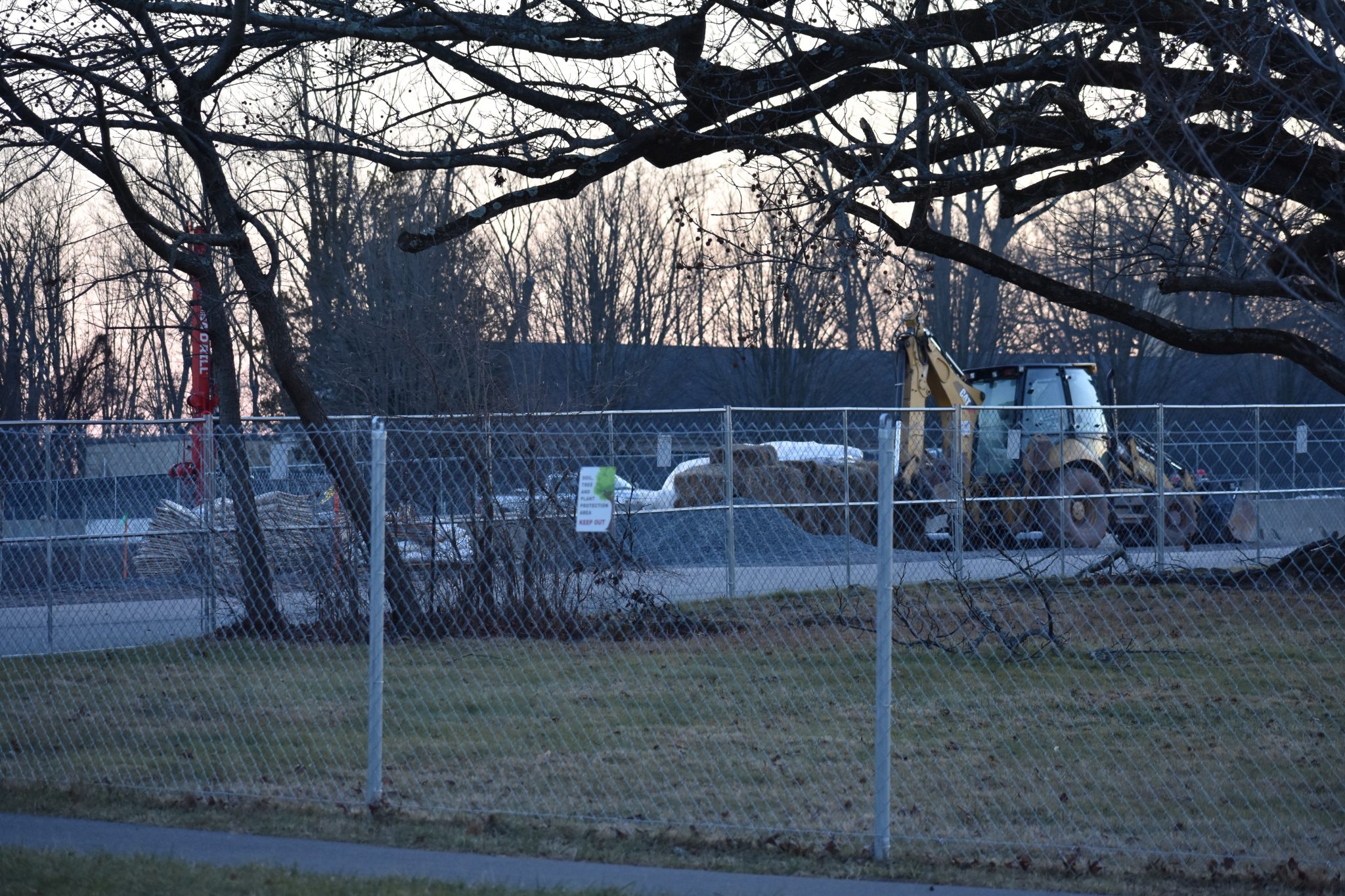The topic of noise and sound was the main focus of residential concerns during the public portion of the Princeton Planning Board’s continued hearing for Princeton University’s proposed one-story geo-exchange facility known as “TIGER,” which would also be a building for athletics operations.
The hearing, which took place on Jan. 22, did not result in a vote taking place from the board to determine approval, as the hearing was continued to Feb. 18. The next board meeting for the application is slated to hear attorney Bruce Afran, who is representing objectors to the application.
This is the latest proposed project from Princeton University that is before the planning board for review, as the university moves forward with its plans to develop the East Campus. The university’s planned developments include an East Campus Garage, new Princeton Soccer stadium and practice field and the current proposal of a geo-exchange resource and athletic operations facility.
The proposed construction of TIGER energy and athletics operation facility is on five acres of land located on the east side of Fitz Randolph Road between Faculty Road and 185 Broadmead St. The building structure and exterior equipment yard are more than 40,000 square feet.
Along with the main building the project includes two thermal energy storage (TES) tanks to the south of the project. The tanks are used to store water that will heat and cool the campus, according to application documents.
To the north of the proposed project’s site is the University NOW (UNOW) Day Nursery, a child care center. This would be a point of issue for residents who voiced concern about the noise and sound not only emanating from the completed project, but also during construction phase.
Sarah Tannenbaum questioned representatives for Princeton University on why the current location was selected and voiced concern about the decibel levels during construction and after completion of the project.
“The duration of construction is a bit of a question, but this could potentially be several years of 65 decibels throughout the day adjacent to a daycare; specifically, the playground is a bit concerning as a parent and pediatrician,” she said.
Princeton University architect Ron McCoy responded to the question of location for the site of the project stating that facilities such as the TIGER need to be adjacent to the buildings that they are serving “because they are pumping the chilled water and the heated water to those facilities.
“As we explained, I think, in our testimony our plan is to convert the entire campus to this geo-exchange heating system to achieve carbon neutrality by 2046,” he said. “We are building the new TIGER facility – which is not a power plant – for this to serve the east side of the campus and so this facility has to be on the east side of the campus.”
The last of the drilling during construction of the project is anticipated to be in October, which McCoy said was the noise that residents had been hearing.
The university is scheduled to open the completed TIGER and athletics operation facility in December 2022.
Bridget Alsdorf, who lives on Hartley Avenue, said, “I want to echo the concerns of neighbors and UNOW parents and specifically about the noise impact of the proposed geo-exchange plant on the neighborhood. I am not opposed to a geo-exchange plant and the environmental benefits that it brings. I do not think it is too much to ask that the university take steps to mitigate the noise impact.”
She added that several sets of changing decibel numbers makes it difficult for the community to trust any of them.
To respond to additional concerns from residents regarding sound and noise from the facility, Princeton University’s senior acoustical consultant for the project, Julie Fischer, presented information about the discussion of confusion or lack of clarity regarding the numbers.
“We did want to point out we do have clarity. We know what the numbers are going to be. Our March 13 and Dec. 20, 2020, reports do have different numbers. That is natural part of the design process,” she said. “The report in March is our first look at the equipment in the TIGER facility. Since that report the design has evolved. We have included more robust acoustical louvers (reduce noise) and have changed some of the sound data for the pumps. As part of the design process the pumps needed to change.”
Fischer added that specifically the sound levels that are being predicted in the range of the UNOW Nursery School will be between 45-50 dba (decibels).
“This is for the area along the fence line and the southern most area of the playground. The World Health Organization (WHO) recommendations recommend 55 dba or lower at an outdoor playground for this type of school,” she said. “What we do want to point out is that we are lower than what the WHO recommends by at least 5 dba. The UNOW buildings are further from the TIGER facility and as such they decrease down into the 40-45 dba range. Why that is important is that the window construction for UNOW building will provide at least a 15 dba reduction to go from the exterior of the building to the interior.”
When asked by Councilman David Cohen about any sense of relevant noise level of building construction versus the drilling currently taking place, Fischer responded by stating that she could not speak to that, as the noise from construction will be highly dependent on the type of equipment on the site.

